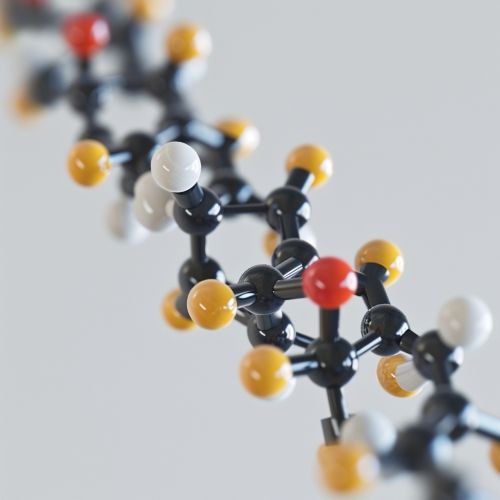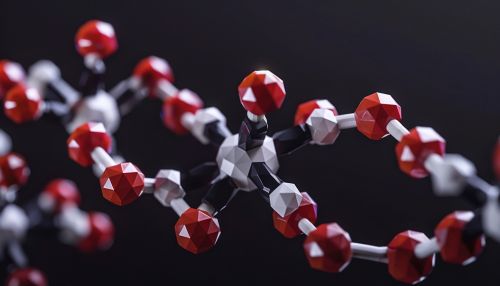Adenosine diphosphate
Introduction
Adenosine diphosphate (ADP), also known as adenosine pyrophosphate (APP), is an important organic compound in metabolism that is essential for the transfer of energy within cells. It is one of the four nucleoside diphosphates, along with GDP, CDP, and UDP.


Structure
ADP is composed of the nucleoside adenosine, which is made up of an adenine ring and a ribose sugar, and two phosphate groups. The phosphate groups are attached to the ribose sugar via phosphoester bonds. The structure of ADP is central to its role in energy transfer.
Role in Energy Transfer
ADP is a critical component in the process of cellular respiration, specifically in the production of ATP (adenosine triphosphate) through a process known as oxidative phosphorylation. During this process, energy is stored in the phosphate bonds of ATP, which can then be broken to release energy when needed by the cell.
Synthesis and Breakdown
ADP is synthesized in the cell through several pathways. One of the most common is the hydrolysis of ATP, which releases energy and produces ADP. This process is catalyzed by enzymes known as ATPases. ADP can also be produced through the breakdown of other nucleoside diphosphates, such as GDP and CDP.
Role in Signal Transduction
In addition to its role in energy transfer, ADP also plays a role in signal transduction, acting as a signaling molecule in a variety of cellular processes. This includes the regulation of platelet aggregation, where ADP is released from activated platelets and acts to recruit additional platelets to the site of injury.
